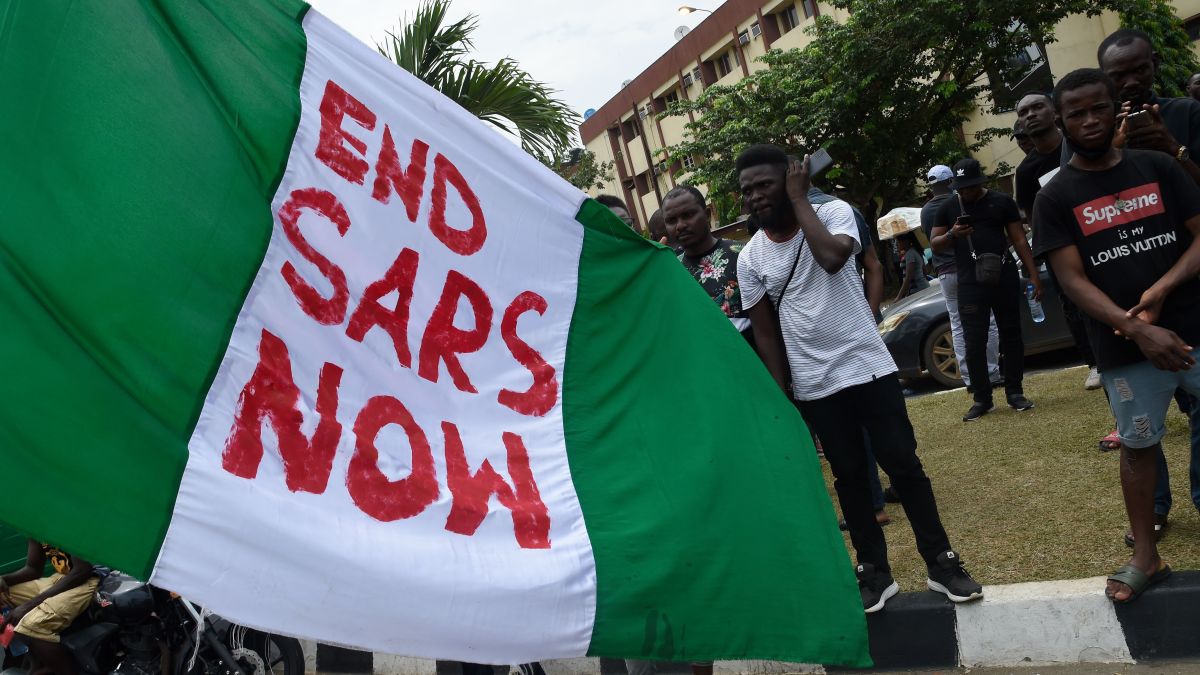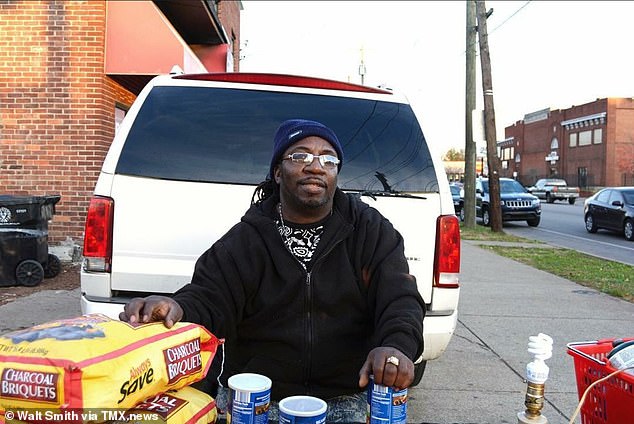In recent months, news of disappeared and missing Black women and girls have gone viral on social media. While some of these posts may garner several likes or retweets, few of the online activists who share information genuinely take meaningful action or contribute to the lost one’s safe return.
Aye #BAYAREA retweet this real quick though #richmond ‼️‼️‼️‼️‼️‼️ pic.twitter.com/41p05aSepg
— 🦄 (@thatsso_chloe) April 23, 2021
These social media activists, or “slacktivists,” are referred to as such because they are often content with their limited engagement in pressing social issues. The term was created by English-Canadian journalist Malcolm Gladwel, who explained slacktivism as “the way of the new style activist who just signs online petitions and shares on Facebook, instead of the banner waving, old fashioned street style, brawling with coppers activist days.” Standing alone, this style of activism is ineffective because it creates an illusion of personal fulfillment while also allowing slacktivists to disregard working to create deeper, more systemic change.
According to the FBI’s National Crime Information Center, Black people accounted for nearly 35 percent of missing person cases, despite making up only 13 percent of the United States population in 2019. Some of these cases go viral on social media, but reposting a missing person on personal feeds has seldom led to tangible results.
However, social media activism does have its place— when paired with physical actions through the combined efforts of law enforcement, on-the-ground volunteers and adequate local news coverage, the results can be positive.
Louisiana State University student Kori Gauthier, for example, was reported missing on April 6. Many turned to social media to express their concerns, which led several prominent news outlets to feature her story. Through initial reposts online and later the combined efforts of the LSU Police Department, Baton Rouge Police Department and volunteers,” Gauthier’s body was located and recovered on April 15. In other words, the activism did not start and end on social media.
Assisting in the safe return of missing people can take several forms. Short-term actions include organizing volunteer community search parties, creating and posting fliers with the family’s permission and encouraging local media to make a public announcement. But activism should never stop at re-posting a missing person— because that is what makes a slacktivist.





